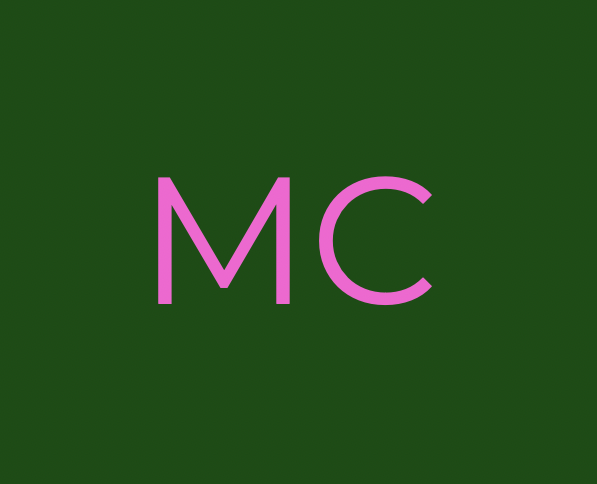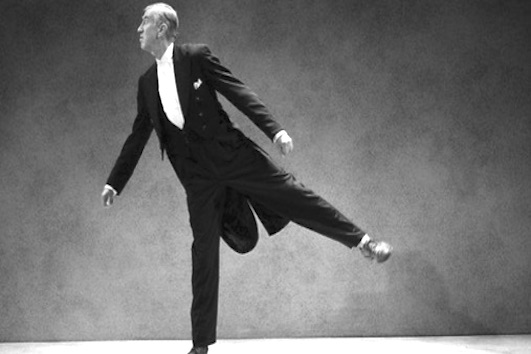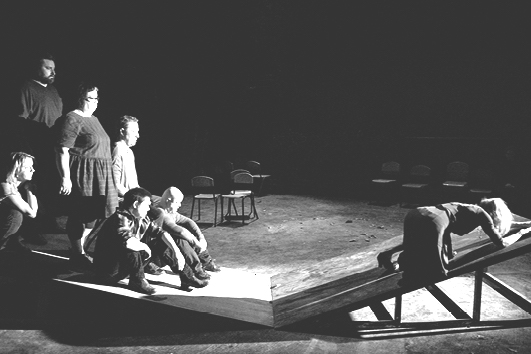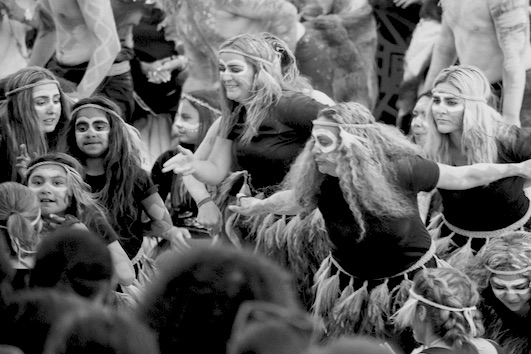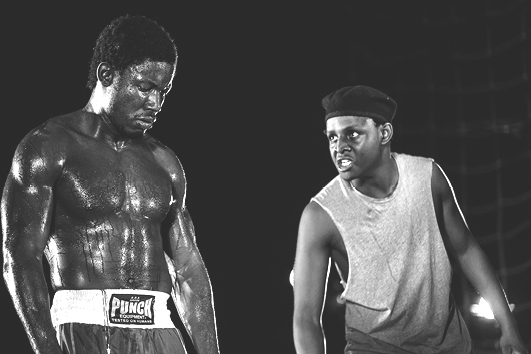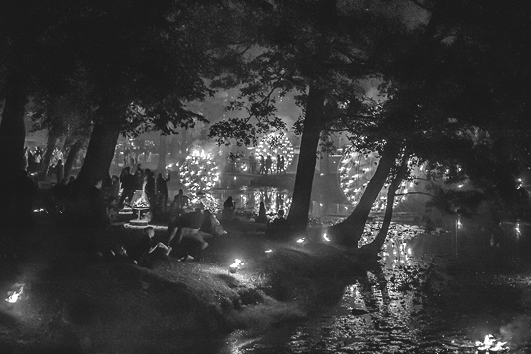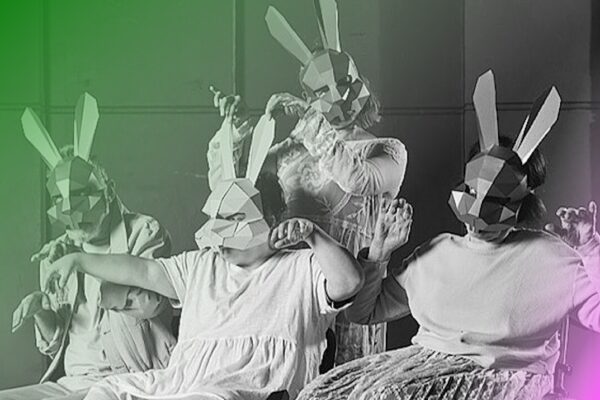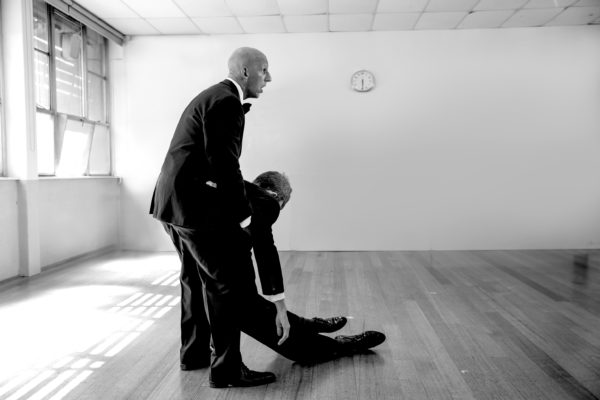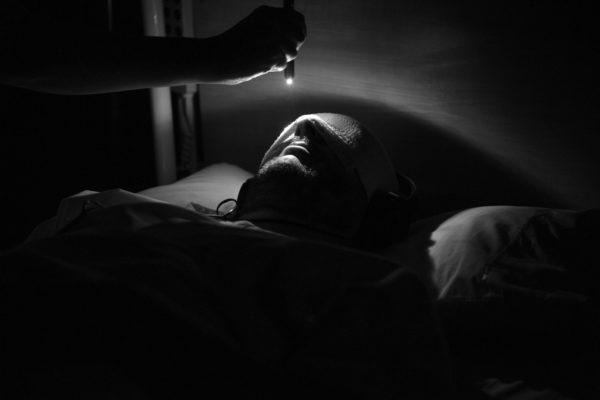MELBOURNE FESTIVAL
This years Melbourne Festival is set to b a celebration, a reminder of the brilliance of fire, music, story and how art can amplify our joy, intensify our relationships and just fundamentally pump our tyres. It is an intervention, a reminder of the range of stories in the world that we need to hear and empathise with, at a time when stories about borders and asylum, the safety of children and the nature of masculinity and strength are all in the spotlight. In the lead up to Melbourne’s biggest annual festival, The Melbourne Critique got to speak to the Artistic Director Jonathan Holloway.
Our societal conversation is currently dominated by questions about Australia’s engagement with the First Nations people in the mainstream and the arts, alike. As the Festival AD you would have surely come across this. What outcomes have you witnessed in your time with the Melbourne Festival? How have you worked to improve the Indigenous representation on the main stage and to help the process of dismantling the colonialist systems with the Australian culture and society, more broadly, through the arts?
This is and has been on top of my list, not only as a programming element, but also as an aesthetic and cultural factor that underpins the entire festival. Welcome To Country comes first before any other process; we start with where we are and where it all comes from. My Australian AD appointment began in Perth. The first meeting I had outside of the organisation, was with a cultural leader in the Noongar community who walked me through Kings Park, encouraging me to ask any questions. I worked closely with companies such as Ilbijerri and Yirra Yaakin.
Coming here was brilliant, but the conversation is far more complex as we have the five different clans of the Kulin nation. But no matter where in Australia we are, we must always approached this in a meaningful and respectful manner, by starting with cultural awareness and by asking for permission. When I arrived here in Melbourne I talked to the clan leaders, asked them for permission to be on this land, told them who I was and what I was hoping to do.
How did your career in the arts emerge, and how has it lead you to become the Director of Melbourne Festival?
I was always in the arts, since childhood. As a child I was a chorister and was in the theatre world. Later, I studied theatre, training in directing. I was also entrepreneurial, was always around and involved. I love the moment when the energy is palpable and when you can realise your and others’ passion in some way.
I started in different arts centres in UK; this then led to the National Theatre. I worked in the these spaces, but also beyond them, in public places, with families and with children, too. I worked to redefine the canvas of what a theatre is but also what a festival is. Amazing things happen when you start to see resonances among different art forms. Once you’re programming a festival the location (the city) becomes your canvas. I want to make festival for all people and the real people; a festival for those who love arts and for those that claim not to love them, or perhaps, don’t realise that they do. In life we are kind of in festivals, all the time.
Where would you wish to see Melbourne go artistically in the next few years, where are our city’s creative strengths; how do you wish to influence this with your curatorial contribution?
The difference between the more liberal arts and the rest of the society is the action of questioning. Artists, by nature question everything. But also the arts get questioned: their validity, importance, how essential they are. We hardly question the AFL, for example. But the arts do get questioned. This is, however, where Melbourne is still rich and keeps achieving. A lot of Melbourne’s liveability factor is associated with it scoring high points around its cultural awareness and access to arts. Melbourne keeps its edge that stands tall and complex beside the city’s gentrification. I hope Melbourne never loses that and that I have assisted with this. I hope Melbourne keeps celebrating all of it; the high art and the low art – we need those complex systems to keep standing beautifully tall.
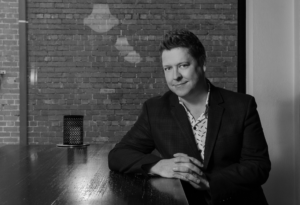
Jonathon Holloway
This year you have asked the audiences to ‘come out and play,’ to leave adulthood behind and to believe again. How is this reflected in this year’s program, and what are some of the processes and journeys of the imagination that you and the festival team go through when you curate each year’s line up? What is special about this year’s line up in particular?
I start with ideas. Last year was about what happened when artists collaborate on a large-scale work. This year is a moment to be playful and exploratory. The world news that surround us are often not all that joys, we need to remind ourselves that playfulness is still possible. I particularly love the idea of doors into other worlds. This year is also about seeing what you already have and how can you experience magic, games and childlike qualities within it. This can be strongly related to the work that will be presented in the Botanic Gardens.
I also love distinctive flavours and believe that not everything is for everyone, but there will be something for everyone. I want people to love what they saw, to be thrilled, to experience visceral responses. Artists are some of the most sensitive emotional tour guides on the planet, sharing stories around all forms of social inclusion. This year, for example, we are presenting the theatre work My Name is Jimi from Queensland; it is a hugely important Australian work about masculinity and leadership, a conversation that is urgent everywhere and in Australia.
You are now in your third year at the Melbourne Festival; what have been the highlights and challenges so far, and do you think you’ll choose to go out with a bang with next year’s festival, being your last?
It’s not really about me, but about what is important and possible, about the impact and effect that it has on the audiences, the people. Initially I did not even know how many years each appointment is. Of course, there is a sense of urgency, once you know the time frame, but, again, it is to do with the people and the enjoyment across the large cross section of the festival. We want to enjoy, want to fall in love with it.
Do you have any advice to offer to newer, or even emerging Australian artists that are just starting out, but who already aspire to have their work be a part of the Melbourne Festival?
Make great work. That’s our job as artists – to make astonishing work. The job of the producers and agents is to make it known, to communicate it, to sell it. There are great artists here, as there are all over the world. Most artists get discovered elsewhere, as well as, getting discovered at home. Melbourne is a great source of artists who have ambitions and you see them travel and get discovered in Edinburgh, in New York, and also on the local scene. I travel a lot, go to festivals and talk to festival directors. Many of them love Melbourne, we have a great reputation and the work has stood up to the international standards.
We have seen many booms here; the mining boom, for example. It is time for the ‘art boom, the cultural boom.’ This is our moment, our time, it is important to stand up, to embrace it and eradicate the argument that arts are not important.
